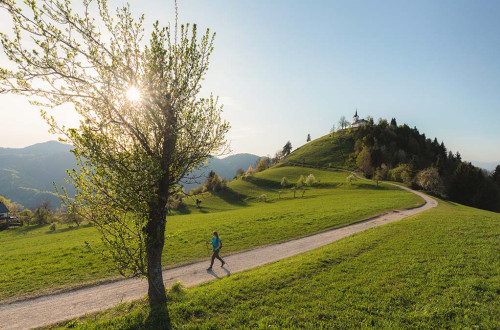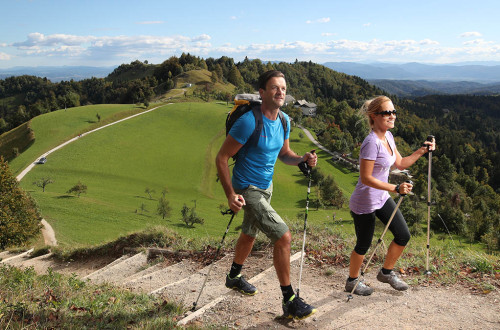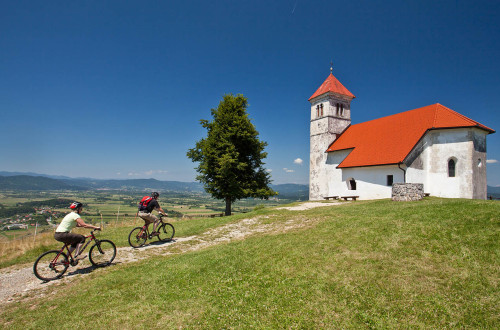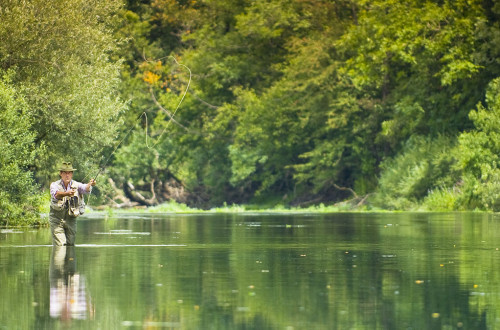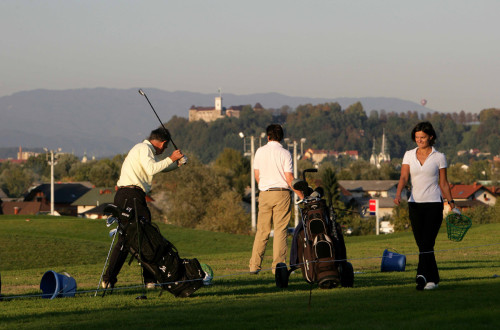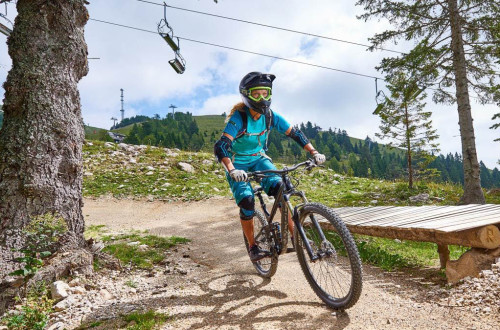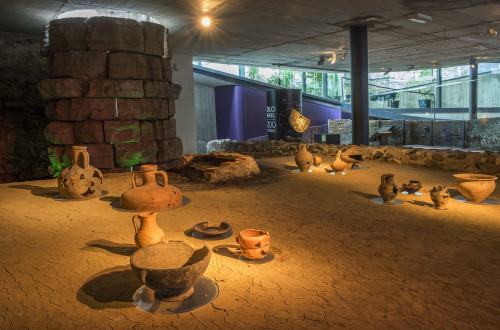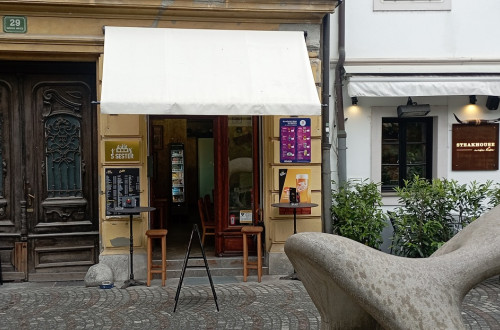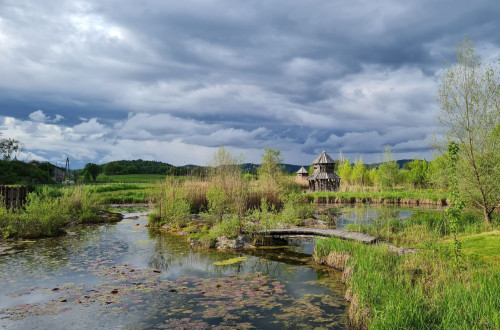Active Holidays
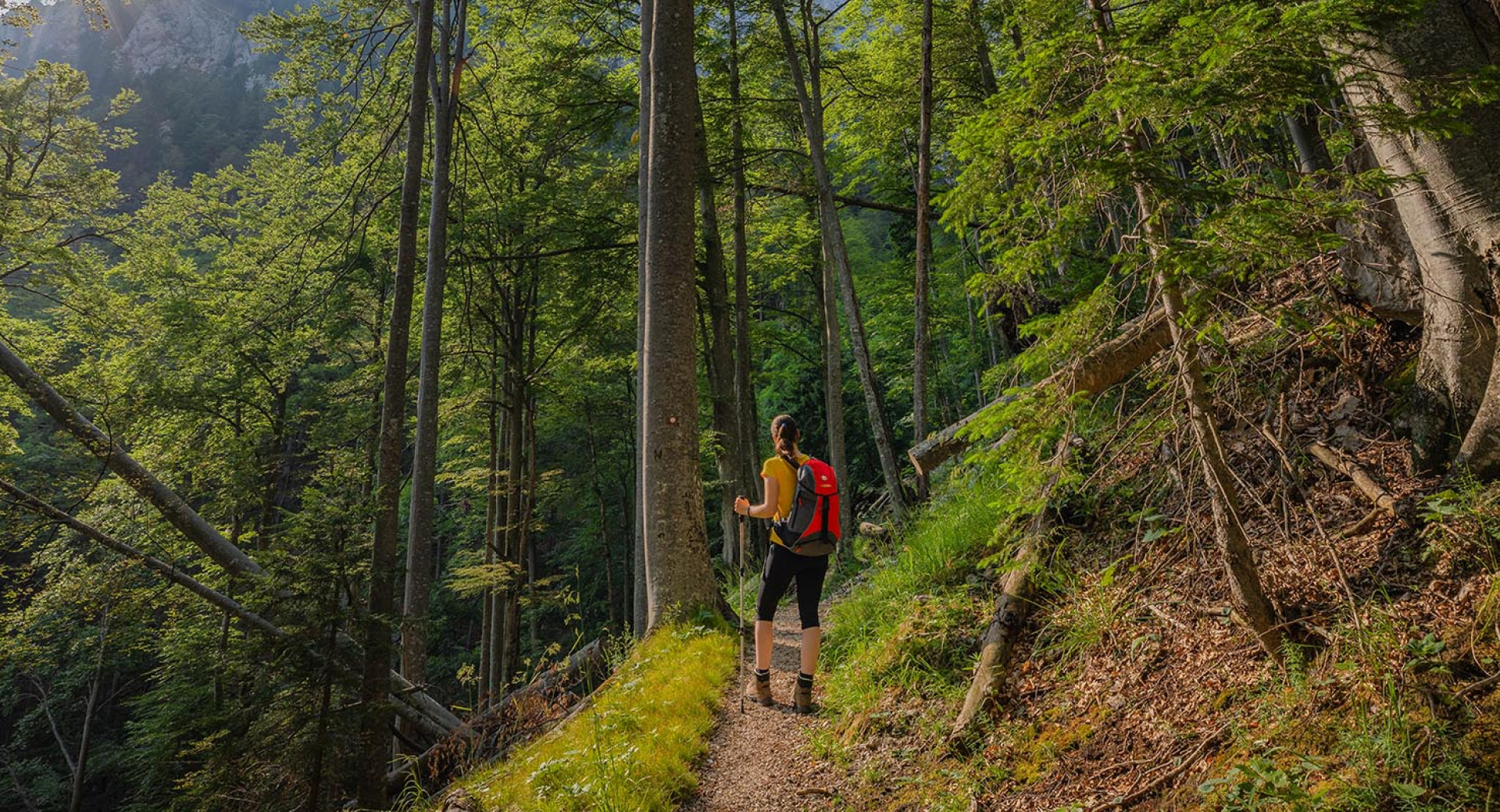
Ljubljana: Green and Active
Climb to the top of a hill, either on foot or by bike. Breathe in the freshness amidst lush green forests, by a swimming pool, or on a golf course.
Ljubljana is one of the rare capitals where you can paddleboard or kayak right through the city centre. Alongside cultural landmarks, you can explore the rich animal and plant life of the Ljubljanica River.
Recognised as one of the most cycling-friendly cities in the world, Ljubljana boasts around 230 kilometres of well-maintained cycling paths. The city is relatively flat and just the right size, making cycling a delightful way to discover its charming streets.
Ljubljana is also regarded as one of the greenest cities globally. Nature can be found in the heart of the city, and the surrounding area offers a wealth of outdoor adventures. Hiking trails crisscross the entire region, providing a unique opportunity to set off on a nature walk directly from the city. The network of hiking paths begins in the city centre and becomes increasingly dense as you venture outward.
The city also hosts numerous sports events for all ages.
Visit Ljubljana for thrilling adrenaline adventures that will leave you in awe. Active Ljubljana offers sports events and activities to suit every taste.
Our Suggestions
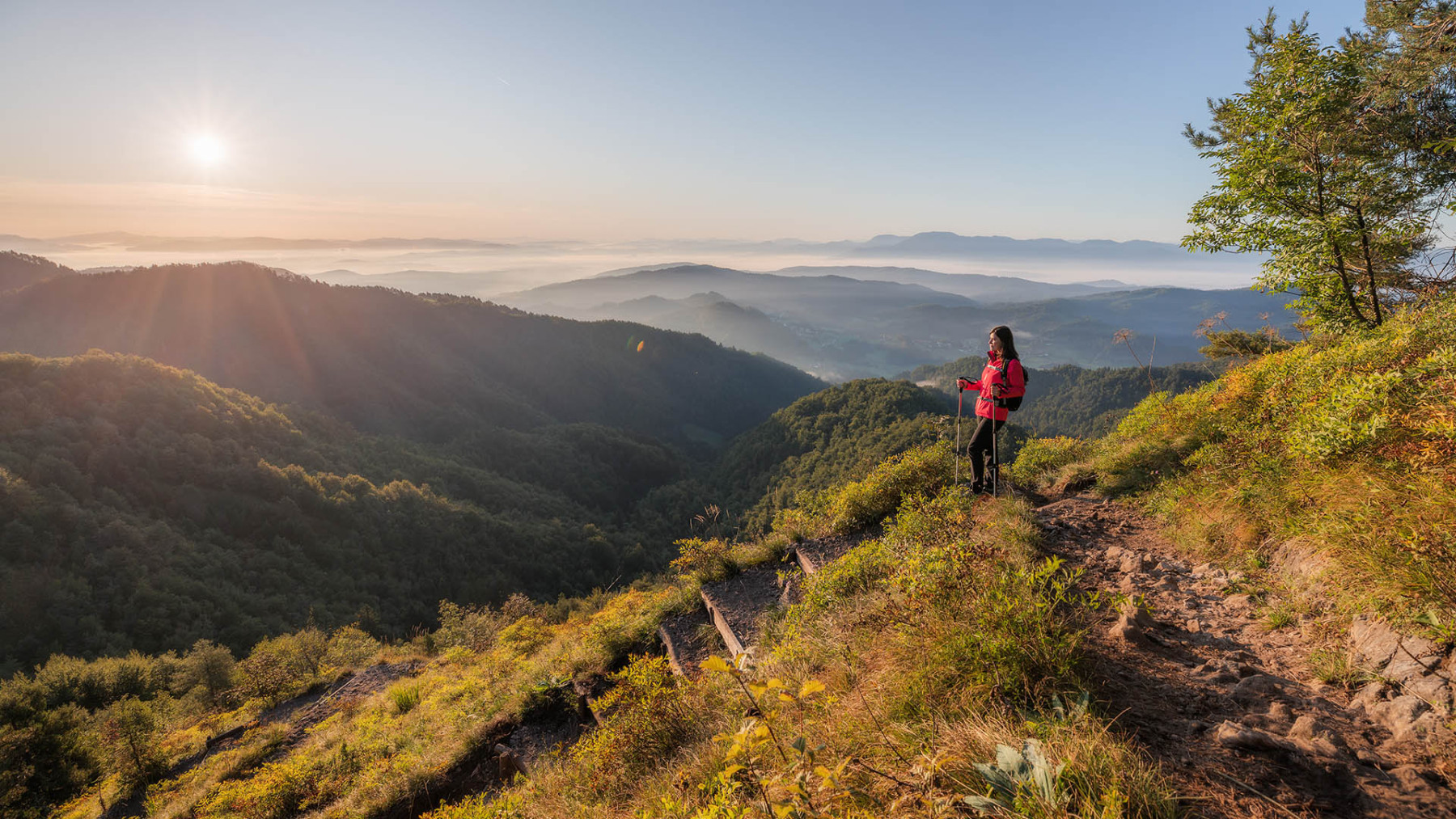
Hiking Trails
Discover the hiking trails in Ljubljana and its scenic surroundings.

